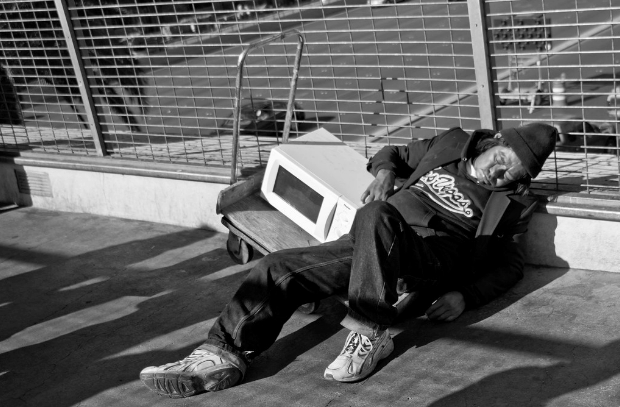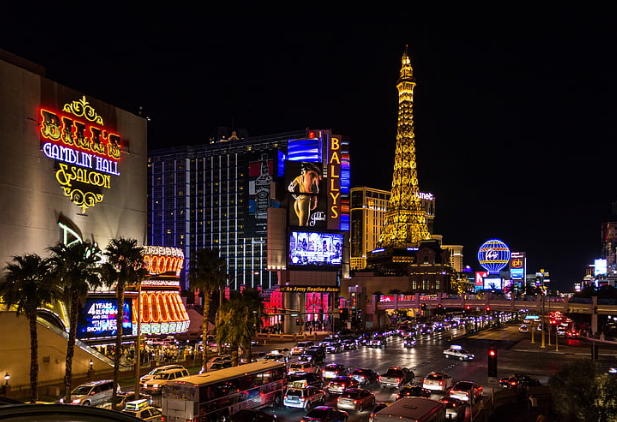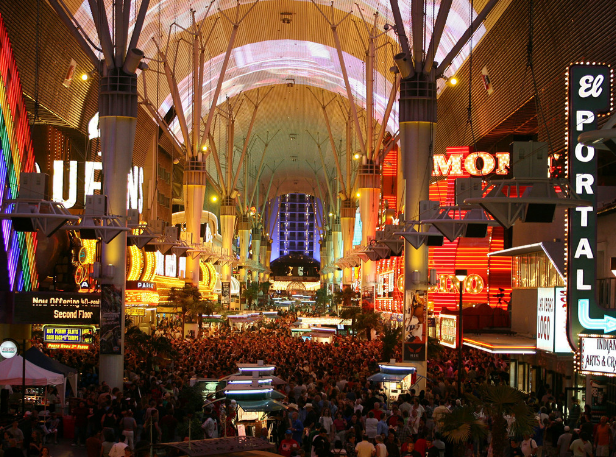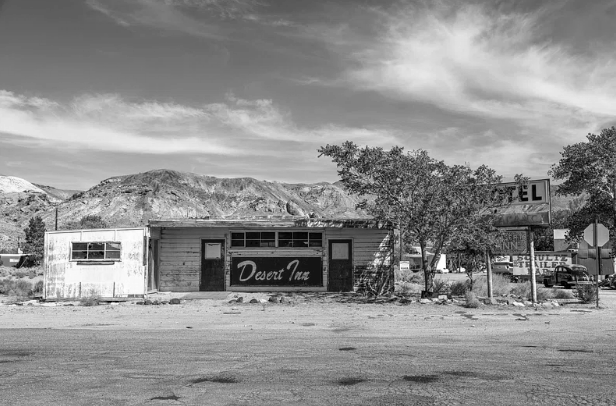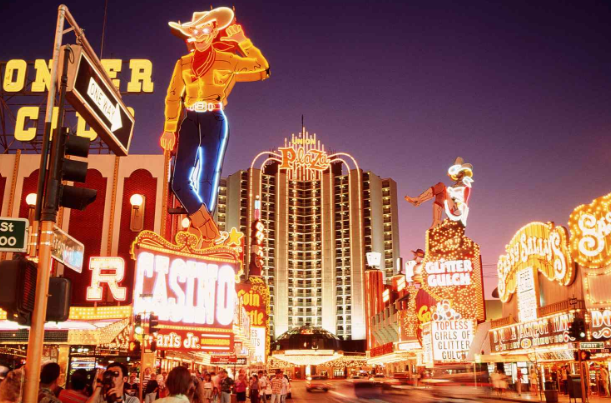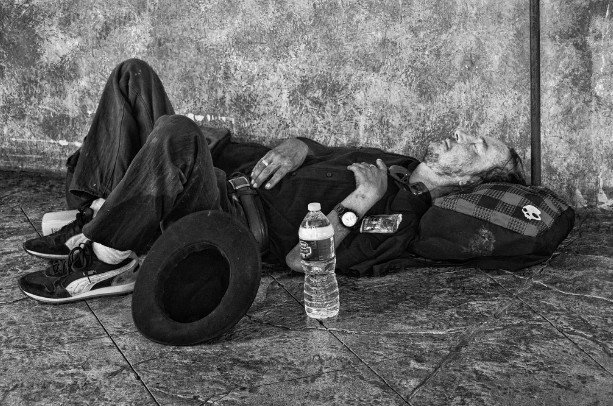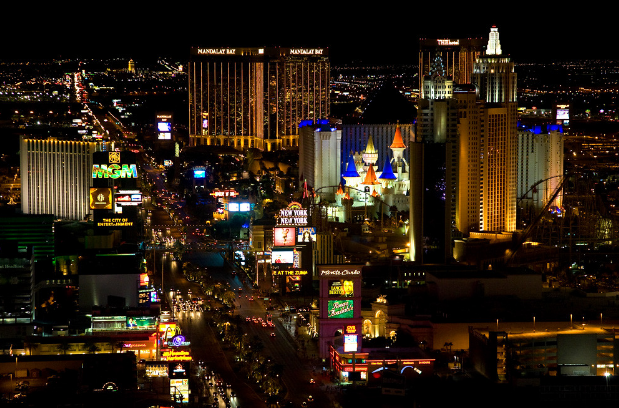Pacific Rim, released in 2013 and directed by Guillermo Del Toro, held a budget of 180 million dollars USD. Surpassing expectations, it raked in an impressive 411 million dollars USD globally. The film even received a sequel and a show on Netflix, however, the sequel was not well received and most fans of the franchise chose to ignore Pacific Rim 2’s existence. The cinematic gem of Pacific Rim, which has a runtime of two hours and eleven minutes, provides an enthralling perspective on a world where colossal monsters emerge from the Pacific Ocean. A departure from typical monster films, Pacific Rim captivates audiences with its imaginative narrative, epic fight sequences, and a refreshing variety that sets it apart in the genre. Suppose you’ve ever searched for a film featuring giant robots battling massive monsters. In that case, Pacific Rim is a must-watch, delivering an action-packed spectacle that sticks with the viewer long after the credits roll.
One of the best features of Pacific Rim is the amount of imagination the movie offers the viewers. The movie gives a different perspective of humanity versus aliens or monsters. Pacific Rim aptly names their protagonists and antagonists using different cultures, the monsters that came from the Pacific Ocean, were given the name “Kaiju,” a Japanese term translating to ‘giant monster,’ while the colossal mechs, were given the name “Jaeger,” derived from the German word for ‘hunter.’ At the beginning of the movie, the narrator explains how it took humanity so much weaponry and ordinance to even bring down one of the titans, so rather than using fighter jets, tanks, and nuclear warheads to fight off the kaiju, they built massive Jaegers to fight the kaiju, and the narrator expertly says during the beginning of the movie, “to fight monsters, we created monsters of our own.” A movie about giant robots fighting monsters truly does offer a great amount of imagination for the viewer, at one point there was even a website you could visit to create your own Jaeger, but unfortunately, the website was shut down and is no longer accessible.
Most of Pacific Rim takes place at night, to make it easier for the CGI team to track and make the most out of their technologies, however, the time of day does not diminish the epic fight sequences between the Jaegers and Kaiju. Del Toro and his team really show the weight behind the punches from a Jaeger since they are made out of metal and of course, metal is extremely heavy. Each punch has a weight of anticipation with it as you watch the behemoth move its body to combat the Kaiju, allowing for heavy strikes against the beasts. Along with these fight sequences, sometimes the main theme for Pacific Rim will play, adding even more excitement to the fight.
I strongly encourage anyone interested in films such as Godzilla to take a look at the Pacific Rim franchise, as they both have many similarities, whether you are interested in the titans of the Jaegers or the monster aspect of the Kaiju. Pacific Rim can offer everyone that are fans of science fiction something to enjoy in the movie.

